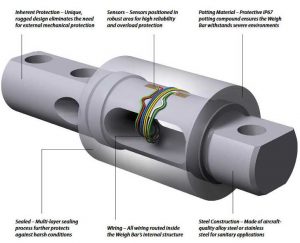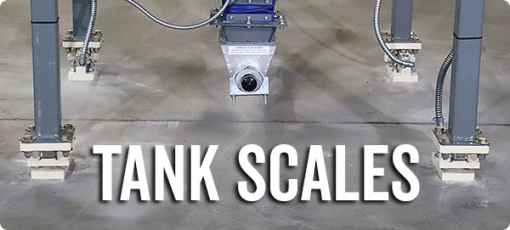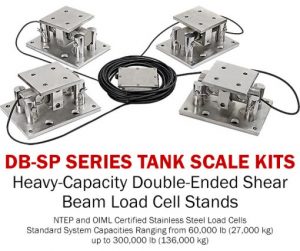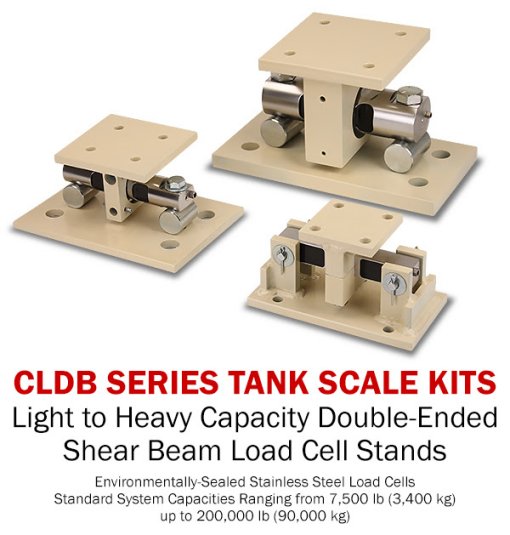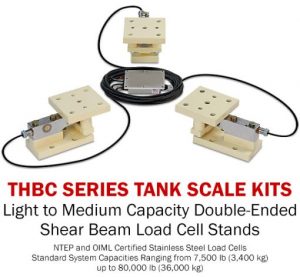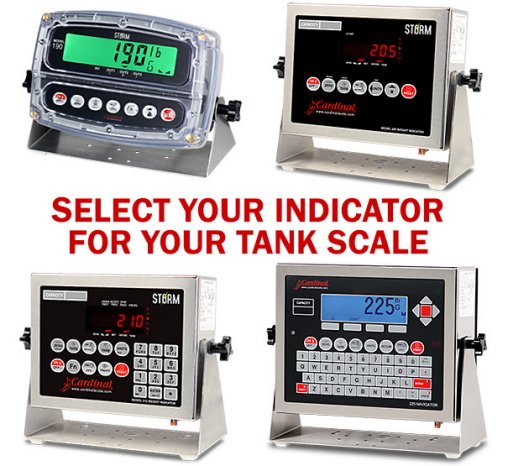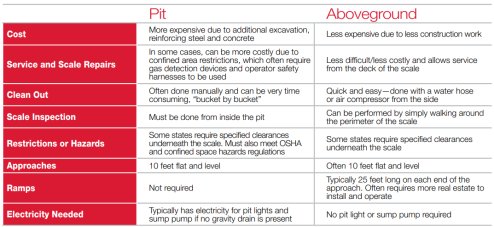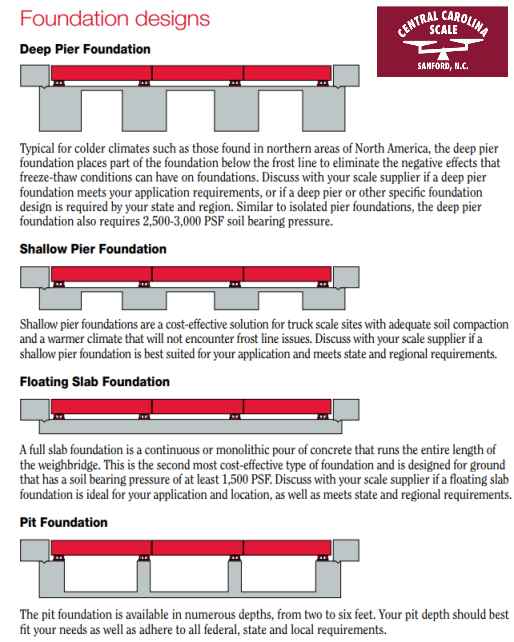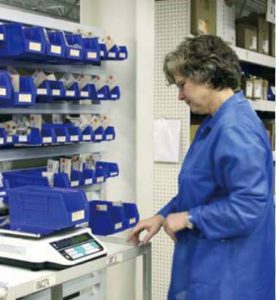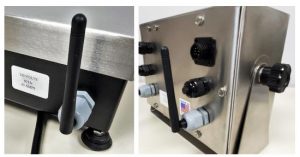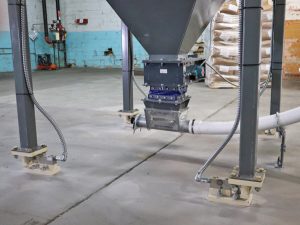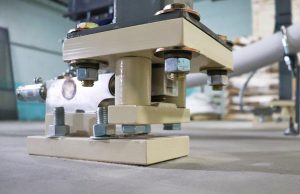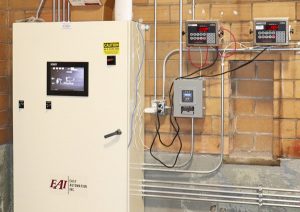Should I buy a truck scale with weigh bar sensors? The Avery Weigh-Tronix Weigh Bar® was designed to overcome the shortcomings of the traditional strain gauge load cell and to provide the end user with a rugged, highly reliable and linear load sensing device at reasonable cost.
More than twenty years of extensive use in industrial, farm and transportation applications has demonstrated that the Weigh Bar has met these requirements. The unique, robust design of the Weigh Bar is the primary reason for this success.
The Weigh Bar has proven itself over the past 20 years to be one of the world’s most robust weight transducers manufactured today with over 500,000 installations world-wide.
The IP67 Weigh Bar design provides inherent strength and overload protection, while also providing accuracy and high reliability. A significant contributor for this is the positioning of the gauges on the outside of the Weigh Bar. More robust than a shear beam load cell for a given output – a shear beam load cell will reach its peak fatigue point much sooner than a Weigh Bar.
Error Reduction
The unique design of the Weigh Bar allows simple calculations to be made by the indicator, eliminating several types of errors:
• End Loading – When an end load is applied to the Weigh Bar, it is subjected to a
uniform compressive strain throughout its length – all sensors detect the same strain.
• Torsion Effects – When torque is applied to the Weigh Bar, a uniform torsional shear strain is developed through the length of the bar – both sensors detect the same strain.
• Side Loading – When a side load is applied to the Weigh Bar, it acts as a beam, but at a 90-degree angle. When this occurs, the neutral axis of the beam (the point in the beam where neither tension or compression occur) falls directly under the center of the strain gauges. No apparent strain is seen by the gauges.
• Vibration –The fine grain structure of aircraft quality steel is resistant to vibration fatigue and induced error. The strain gauges and adhesive used are also vibration and fatigue proven.
Load Cells – The Avery Weigh-Tronix Weigh Bar® Weight Sensor
The exclusive Avery Weigh-Tronix Weigh Bar® is an extremely rugged, highly reliable, load sensing device. Over several decades, the Weigh Bar® has built a reputation for precision, reliability and durability that no other load cell can match.
Weigh Bar – Reduced cost of ownership
Precision machined from aircraft quality, alloy steel, the Weigh Bar® offers excellent repeatability and long-term durability, reducing cost of ownership and need for load cell replacement.
Rugged Weight Sensors
With up to ten times more steel content than shear beams or compression cells, it absorbs impact to minimize peak forces and is virtually fatigue-proof. The Weigh Bar® is proven to resist electrical surges and is protected by a limited warranty that includes coverage against lightning damage.
Accurate Weigh Bar
The sensor’s design automatically cancels the effects of side loading, end loading and twisting, resulting in quick, accurate readings which are achieved regardless of temperature change, vibration, and shock loads on the scale.
Sealed “Load Cell”
The standard alloy steel Weigh Bar® is well protected against harsh environments by an exclusive 5-layer, sealing process. For the most challenging locations hermetically sealed stainless steel weigh bars are available.
Features |
Benefits |
|
|
|
|
|
|
|
|
|
|
|
|
|
|
|
|
|
|

